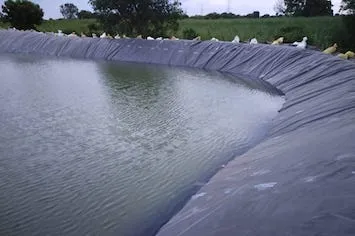 Back
Back
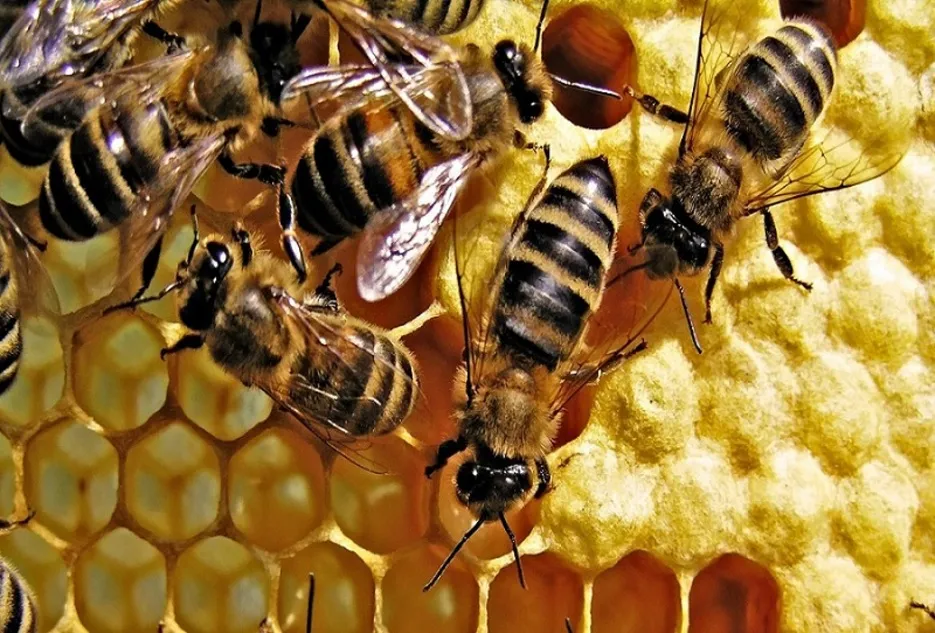
Farmers in many places rear honey bees for pollination. These honey bees are the main pollinators of commercial crops, but apart from this wild bee species also serve as pollinators. Care should be taken to protect pollinators from exposure to pesticides. Many of the foods we consume today are made from plants and approximately 70% of those crops pollinators are required for reproduction. Some crops are pollinated by wind but they have higher fruit set rates if pollinators are present.
Protect Honey Bees From Pesticide Exposure
Protect Honey Bees From Pesticide Exposure

1. Pesticides are used to protect crops from insects, weeds, and disease problems and their use can be essential in some areas. However, some pesticides are toxic to insect pollinators, and steps should be taken to protect bees from exposure to these products. As the name indicates, insecticides are designed to manage insect pests, but they can also be toxic to beneficial insects, such as bees. Always read the label for information regarding a product’s toxicity to bees and the proper application techniques and timings that should be used to minimize bee exposure.
- Pesticides are used to protect crops from insects, weeds, and disease problems and their use can be essential in some areas. However, some pesticides are toxic to insect pollinators, and steps should be taken to protect bees from exposure to these products. As the name indicates, insecticides are designed to manage insect pests, but they can also be toxic to beneficial insects, such as bees. Always read the label for information regarding a product’s toxicity to bees and the proper application techniques and timings that should be used to minimize bee exposure.
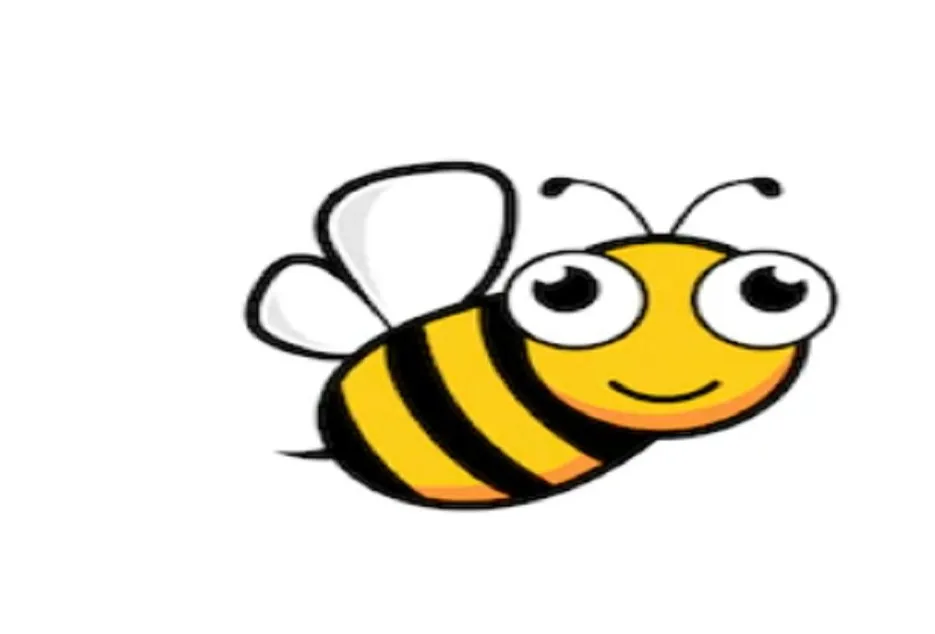
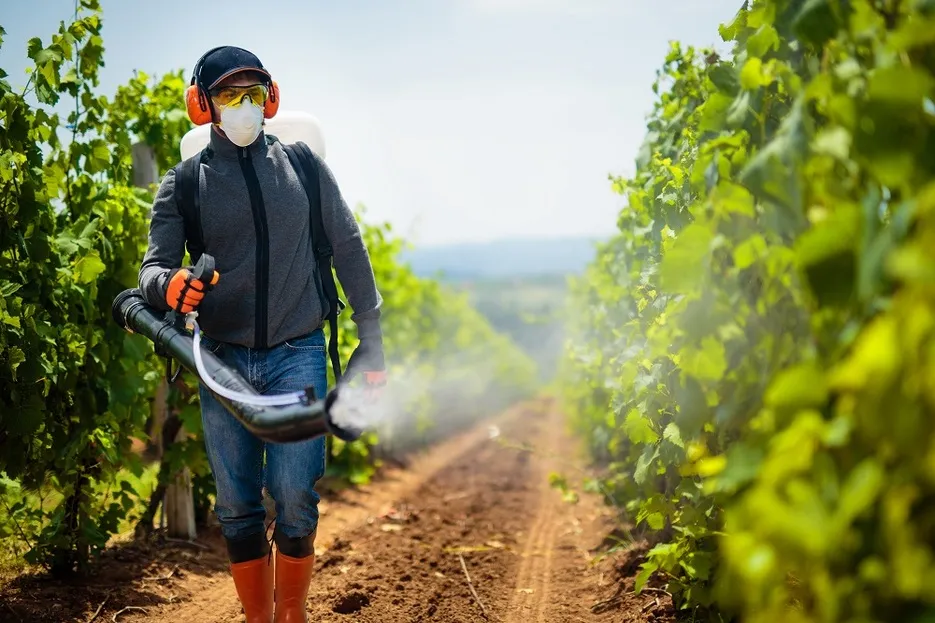
2.Bees can die from direct exposure to insecticides in the field while they are taking food from flowers. They can also pick up pesticides and bring them back to the colony, resulting in the death of other bees. Steps can be taken to reduce the exposure of bees to insecticides and the likelihood of them bringing them back to the colony.
2.Bees can die from direct exposure to insecticides in the field while they are taking food from flowers. They can also pick up pesticides and bring them back to the colony, resulting in the death of other bees. Steps can be taken to reduce the exposure of bees to insecticides and the likelihood of them bringing them back to the colony.
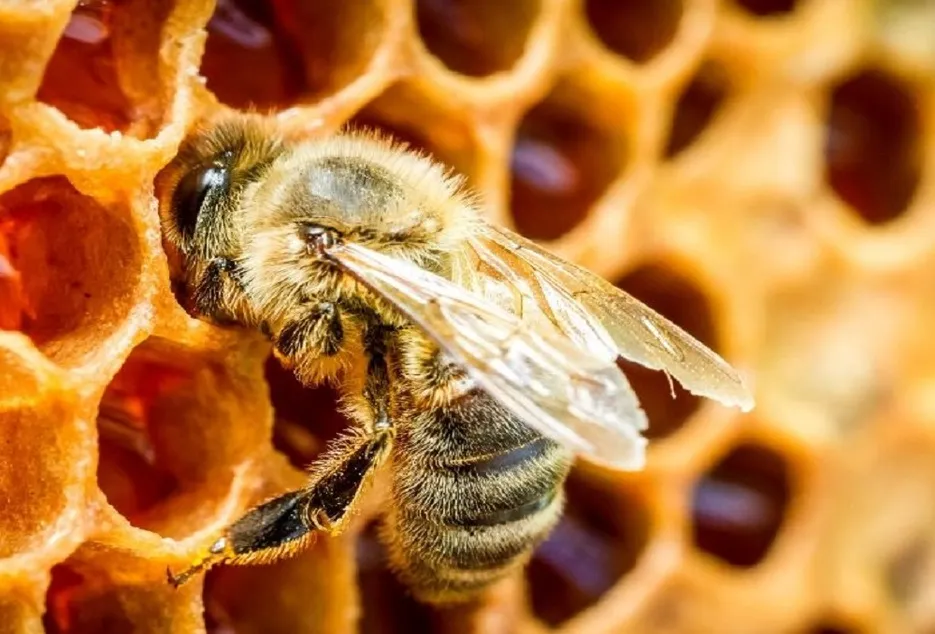
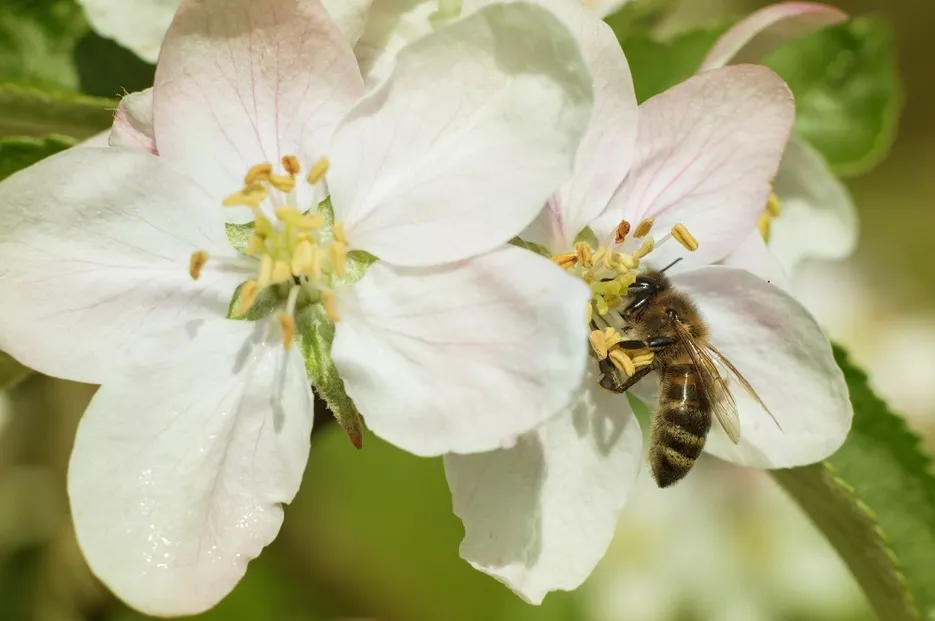
3. Bees normally feed on pollen in the morning and early afternoon. So applying pesticides in the evening will reduce the chances of directly spraying foraging bees. Always avoid applying pesticides directly to the flowering parts during the pollination period.
- Bees normally feed on pollen in the morning and early afternoon. So applying pesticides in the evening will reduce the chances of directly spraying foraging bees. Always avoid applying pesticides directly to the flowering parts during the pollination period.


4. Different insecticides have different toxicities to bees. Therefore, selecting products that are effective against the target pest, but less toxic to bees can reduce the potential for negative effects on bees in the field depending on application method and amount applied.
- Different insecticides have different toxicities to bees. Therefore, selecting products that are effective against the target pest, but less toxic to bees can reduce the potential for negative effects on bees in the field depending on application method and amount applied.

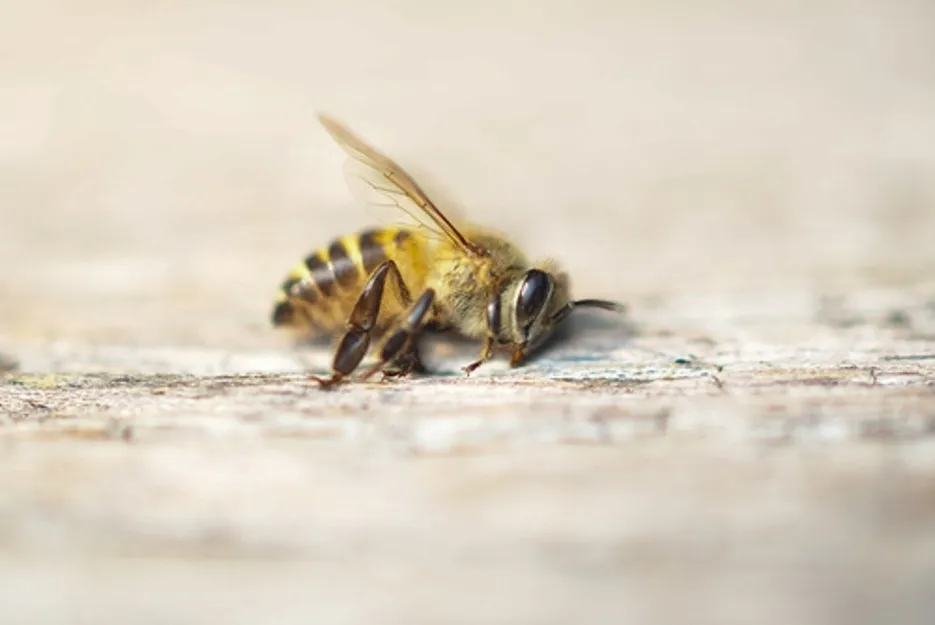
5. Pesticides also have different rates of degradation and residual activity, and choosing products with short periods of residual activity is also beneficial. Always read the pesticide label for information about the effect that a pesticide can have on pollinators.
- Pesticides also have different rates of degradation and residual activity, and choosing products with short periods of residual activity is also beneficial. Always read the pesticide label for information about the effect that a pesticide can have on pollinators.
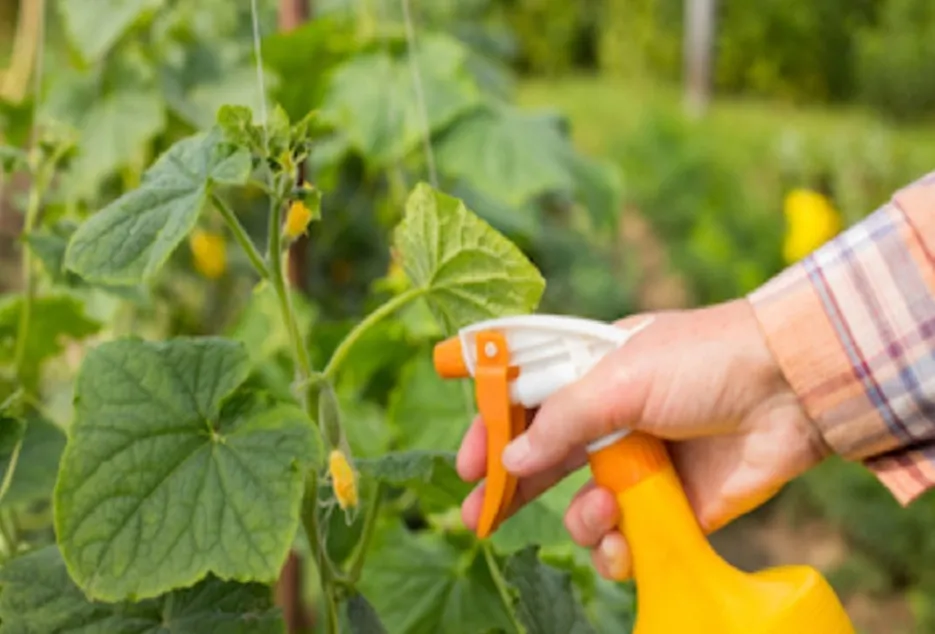
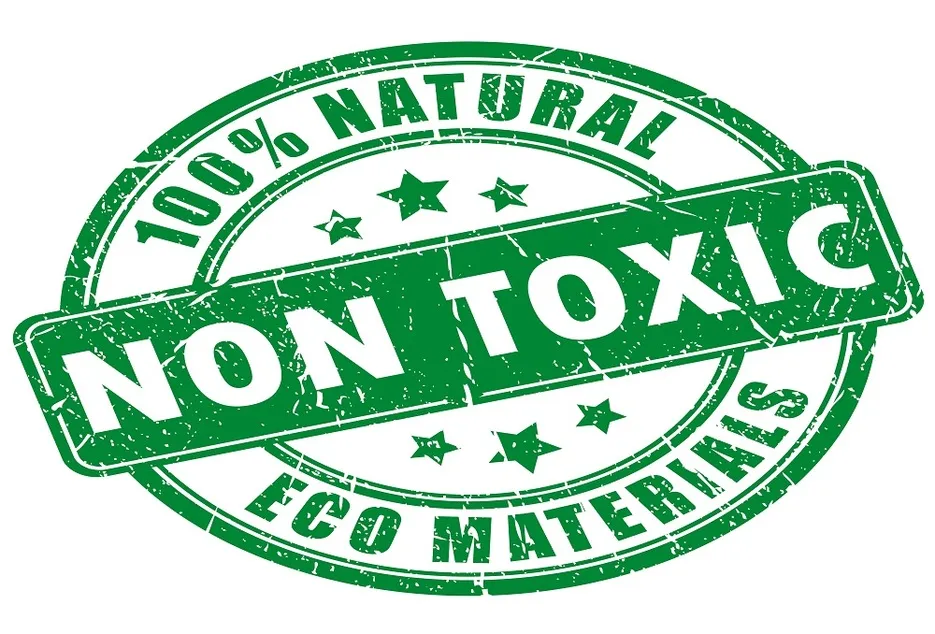
6. Several measures should be taken to protect colonies from spay applications. Spraying during windy conditions increases problems with drift and should be avoided. Also, sprays should not be applied up-wind of colony locations.
- Several measures should be taken to protect colonies from spay applications. Spraying during windy conditions increases problems with drift and should be avoided. Also, sprays should not be applied up-wind of colony locations.
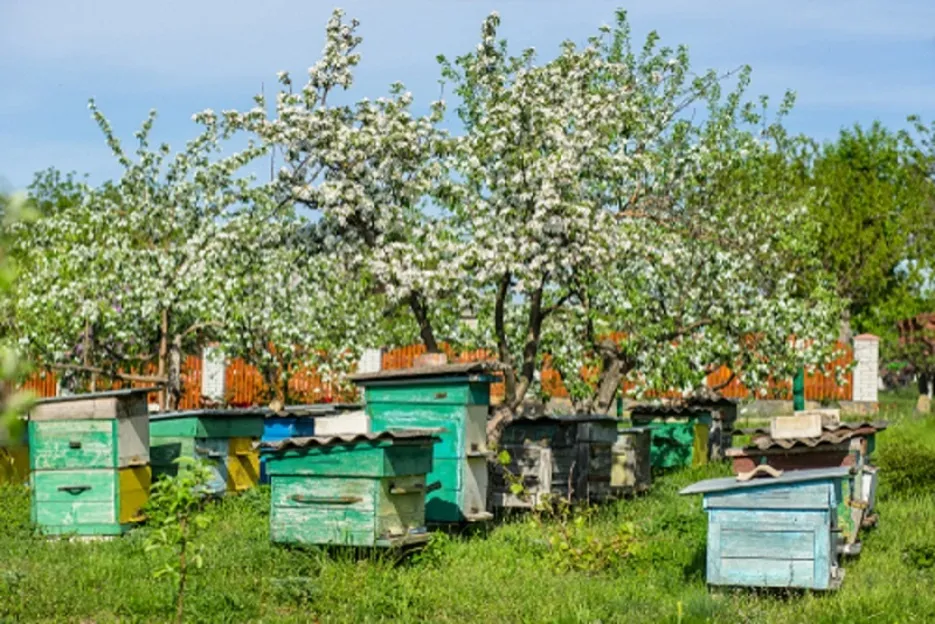
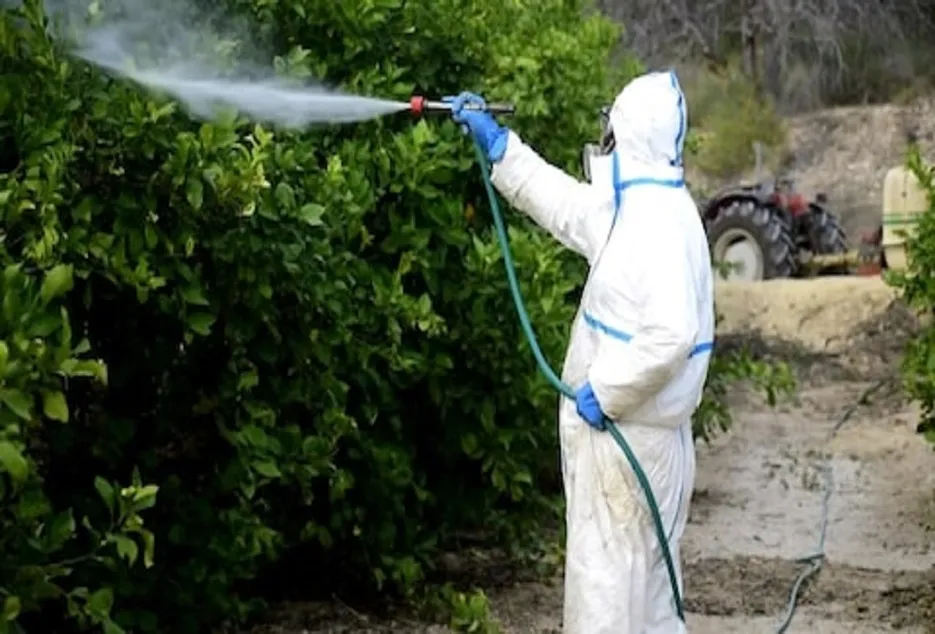
Factors Affecting Performance of Honey Bees
Factors Affecting Performance of Honey Bees
There are many factors impacting honey bees population – the biggest factor being the pesticides and challenging weather conditions. However, honey bees are to date more reliable pollinators of commercial crops because they can be managed. Populations of native bees can be enhanced by promoting the availability of food sources and protecting bees from pesticide exposure.
There are many factors impacting honey bees population – the biggest factor being the pesticides and challenging weather conditions. However, honey bees are to date more reliable pollinators of commercial crops because they can be managed. Populations of native bees can be enhanced by promoting the availability of food sources and protecting bees from pesticide exposure.
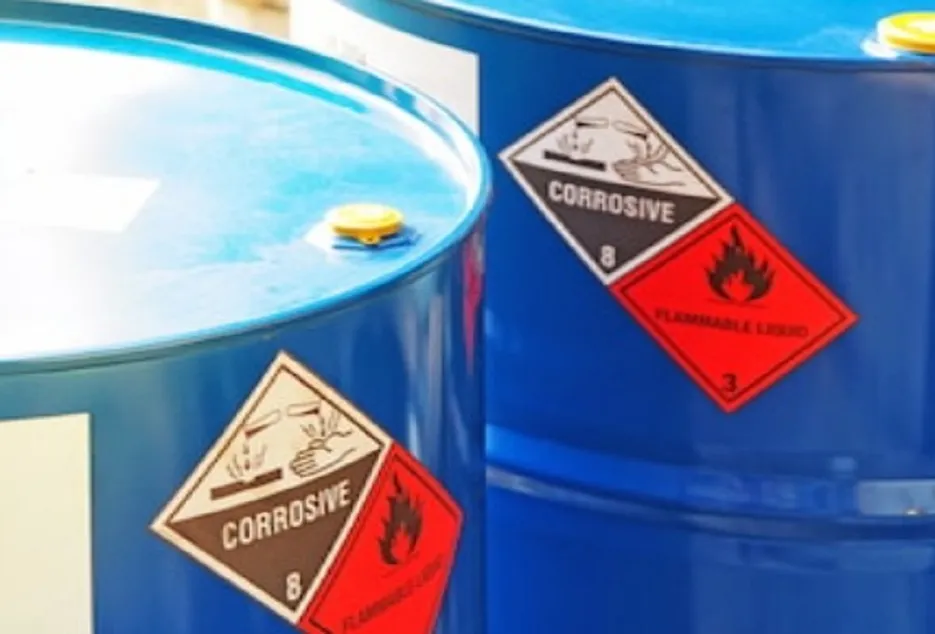

While rearing honey bees, it is important to provide an adequate number of colonies per area and to place them in the field so as to maximize pollination activity in the crop. Different crops require different numbers of bees depending on the types of flowers they produce and how the pollen is disseminated.
While rearing honey bees, it is important to provide an adequate number of colonies per area and to place them in the field so as to maximize pollination activity in the crop. Different crops require different numbers of bees depending on the types of flowers they produce and how the pollen is disseminated.


Cucumbers have separate male and female flowers, and the pollen is not wind-blown. For cucumbers requiring minimum 2 to 3 beehives per acre should be present. For other crops maintaining at least 1 bee hive per acre will be helpful.
Cucumbers have separate male and female flowers, and the pollen is not wind-blown. For cucumbers requiring minimum 2 to 3 beehives per acre should be present. For other crops maintaining at least 1 bee hive per acre will be helpful.
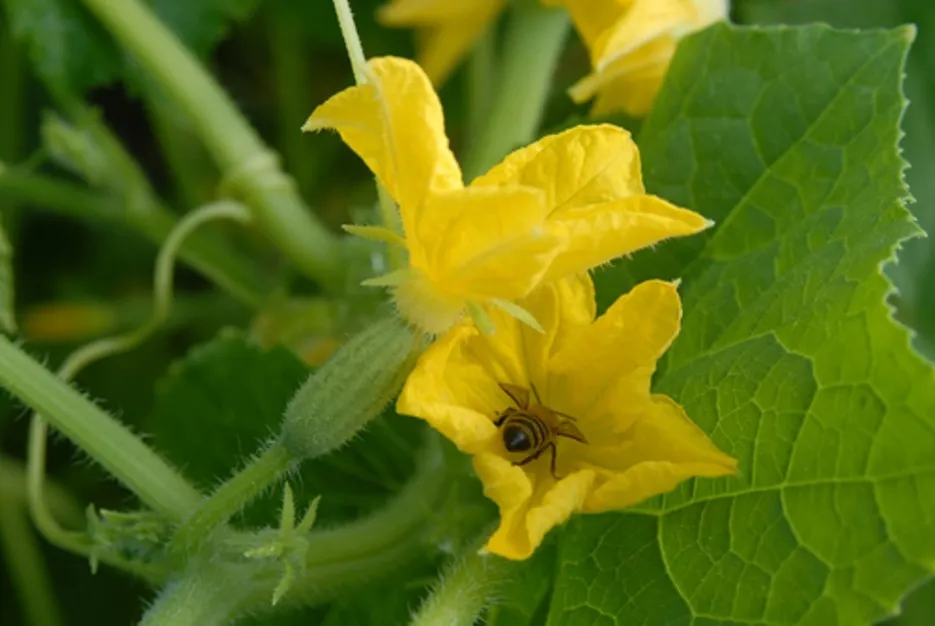
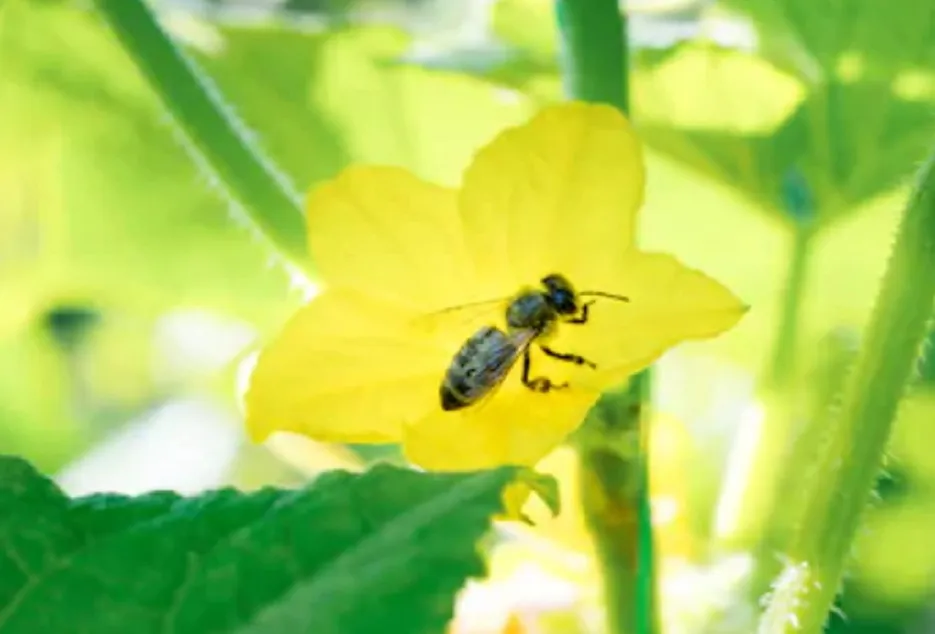
Hives should be placed around the perimeter of the field in groups of three hives. Colonies placed downwind of the crop to be pollinated are more likely to forage in and pollinate that crop. If bees are placed upwind of the crop they may be more attracted to other food sources
Hives should be placed around the perimeter of the field in groups of three hives. Colonies placed downwind of the crop to be pollinated are more likely to forage in and pollinate that crop. If bees are placed upwind of the crop they may be more attracted to other food sources
Rearing Honey Bees For Pollination
Rearing Honey Bees For Pollination
Bee keeping can be alternate source of income for farmers apart from increasing yields .The apiary must be located in well-drained open area, preferably near orchards, with profuse source of nectar and pollen . For advisory on good bee keeping practices like selection of quality bees, placement of colonies ,seasonal management please take suggestions from nearest Krishi Vignan Kendras. Govt. of India has also approved a new Central Sector Scheme entitled “National Beekeeping & Honey Mission (NBHM)” for 2 years for overall promotion and development of scientific beekeeping in mission mode to achieve the goal of “Sweet Revolution” in the country.
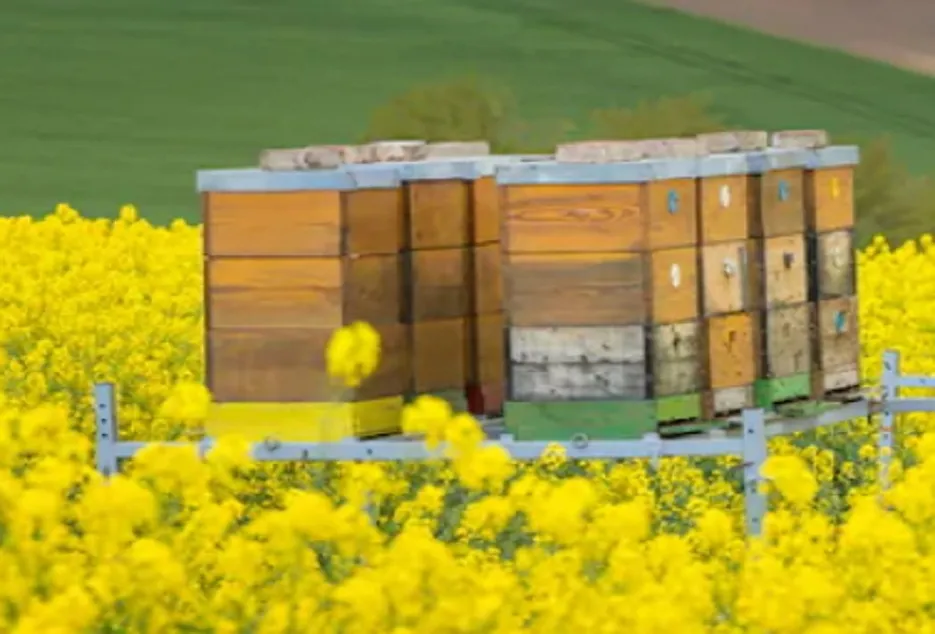
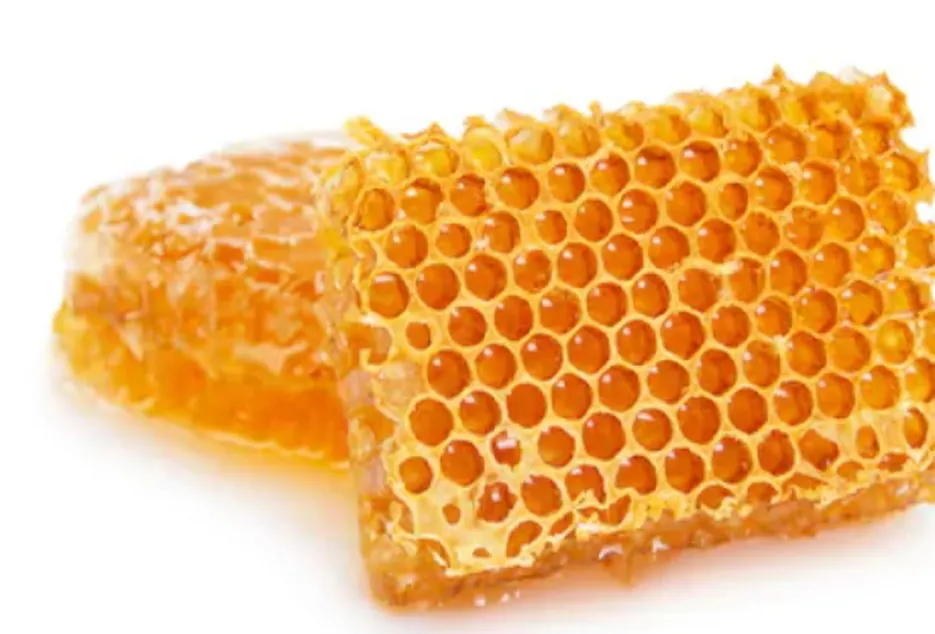
Thank you for reading this article, we hope you clicked on the ♡ icon to like the article and also do share it with your friends and family now!


